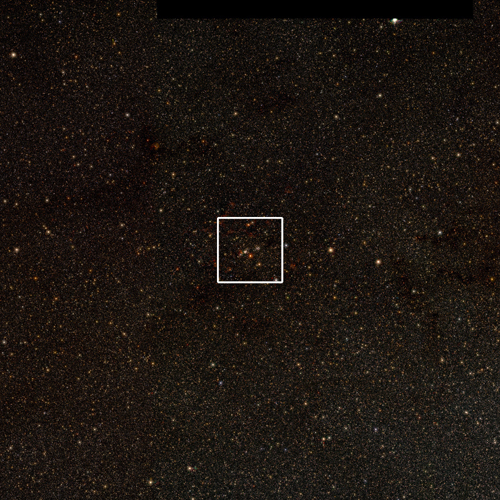MORE than one billion stars in the Milky Way can be seen together in detail for the first time in an image captured by astronomers.
Scientists created the colour picture by combining infra-red light images from telescopes in the northern and southern hemispheres. Large structures of the Milky Way galaxy, such as gas and dust clouds where stars have formed and died, can be seen in the image.
The picture represents part of a 10-year project involving scientists from the UK, Europe and Chile, who gathered data from the two telescopes.
The image shows a billion stars
The information has been processed and archived by teams at the Universities of Edinburgh and Cambridge, who have made it available to astronomers around the world for further studies.
Archived information from the project – known as the VISTA Data Flow System – is expected to enable scientists to carry out groundbreaking research in future years without the need to generate further data.
The image is being presented at the National Astronomy Meeting in Manchester today (Thursday 29 March). It shows the plane of the Milky Way galaxy, which is often described as looking like two fried eggs back-to-back, with a flat disc in the middle. Earth is close to the edge of this disc, and the image shows a cross-section through the disc as seen from Earth’s perspective.
It combines data from the UKIDSS/GPS sky survey taken by the UK Infrared Telescope in Hawaii with the VVV survey from the VISTA telescope in Chile.
Detail from the above images shows a star-forming area in the Milky Way
Astronomers used infra-red radiation instead of visible light to enable them to see through much of the dust in the Milky Way and record details of the centre of the galaxy.
Scientists have published the image online with an interactive zoom tool that reveals the detail within. Zooming into the image reveals a tiny fraction of the entire picture, which alone contains more than 10,000 stars.
The work was supported by the Science and Technology Facilities Council.
Dr Nick Cross, of the University of Edinburgh’s School of Physics and Astronomy, said: “This incredible image gives us a new perspective of our galaxy, and illustrates the far-reaching discoveries we can make from large sky surveys. Having data processed, archived and published by dedicated teams leaves other scientists free to concentrate on using the data, and is a very cost-effective way to do astronomy.”
